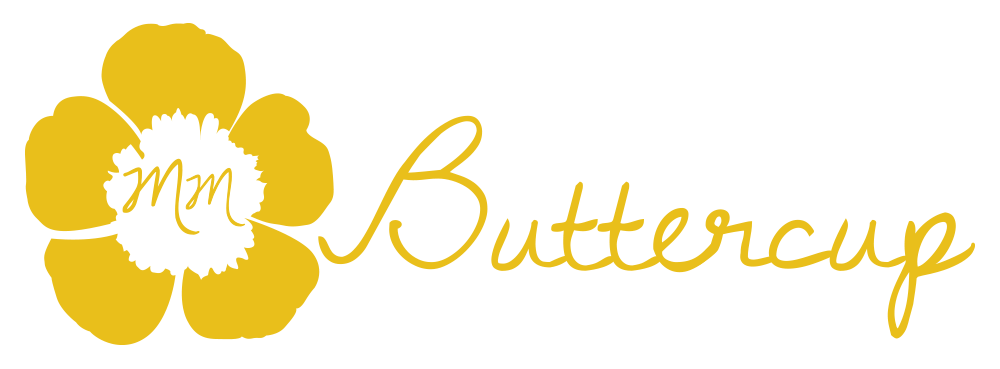“Blessed are the hearts that can bend; they shall never be broken,” by Albert Camus
Sabrina Brinson, a researcher, found that most early childhood educators were unable to identify multicultural children’s literature featuring characters from diverse populations. There is a critical need to better prepare educators working with young children through professional development in early literacy with an emphasis on multicultural children’s literature.
Early childhood educators can inspire and inform young children with multicultural literature. Parents can enjoy literature with their children by promoting positive images of different cultures and languages.
A necessary addition to any children’s literature collection is the story titled, “The Unbreakable Code.” It is based on the true story of how the Navajo language was used to create a secret code used in World War II in order to communicate messages among American soldiers. The Code Talkers helped win the war.
Ms. Sara Hunter, the author, tells this touching story through the eyes of a boy named John who is having trouble saying goodbye to the Navajo community he loves. John’s grandfather encourages him by telling John about his past.
As a little boy, his grandfather also dealt with the same issues of separation and transition when he was sent away from his land to go to school. He was told he needed to fit in to the dominate culture by speaking only English. When he grew older and became a United States soldier, the same Navajo language that he was discouraged from using became an asset as he and other Navajos used their native language to contribute to American history.
Children can relate to this story of family. The grandfather uses storytelling to connect with his grandson. It is truly a gift when grandparents share their stories with grandchildren. The powerful imagery and message can be passed on from one generation to the next. By the end of the book, John learns important lessons from his grandfather.
Like John, children respond to life lessons when blended into a narrative. Culturally relevant text can engage all readers - especially children from diverse cultural and linguistic backgrounds (Feger, 2006). Early childhood educators and parents can use “Unbreakable” with young children in a few ways to teach children about the people of the Southwest. Read this story to children. Talk to children about what it means to be a Navajo and connection to the homeland. Show children the pictures. Illustrations by Ms. Julia Miner accompany the story by offering detailed depictions of the Southwest. Ask children to compare this story to their own life. They can reflect on what is the same and different about the: (a) environment, (b) people, and (c) language from book.
Here are some ways to include multicultural literature in early childhood classrooms.
Become informed about notable multicultural children’s literature. Organizations like the American Library Association have awards for multicultural books.
Embed multicultural themes into the curriculum.
Include multicultural literature that can be used across disciplines (e.g., social studies, science, literacy, etc.) and areas of development (e.g., social emotional, speech/language, etc.).
Participate in training and workshops that focus on facilitating early literacy development via multicultural literature for children.
Share multicultural literature with parents/families, and methods of engaging with text.
Young children will benefit from early literacy opportunities that promote a positive self image, are inspirational, and are a pleasure to read. Help children discover an unbreakable love of reading!
Additional Resources:
Brinson, S. A. (2012). Knowledge of Multicultural Literature among Early Childhood Educators. Multicultural Education, 19(2), 30-33.
Feger, M. (2006). "I Want to Read": How Culturally Relevant Texts Increase Student Engagement in Reading. Multicultural Education, 13(3), 18-19.
Hunter, S. H., & Miner, J. (1996). The unbreakable code. Flagstaff, AZ: Northland Pub.

